Monitoring your pet’s behavior, including their eating and drinking habits, is important, because changes can mean a serious health problem. Our West Vets ER team wants you to understand the conditions that can lead to eating and drinking changes, and ensure you quickly recognize that your pet’s habits have changed.
Your pet has a reduced appetite
Some pets are extremely food-driven, while others are more finicky. If your pet seems uncharacteristically uninterested in their food, possible reasons include:
- Stress — Many pets who have anxiety-related conditions, such as separation anxiety, inter-pet conflicts, and noise phobias, may have a decreased appetite.
- Periodontal disease — Most pets have some degree of periodontal disease by the time they are 3 years of age. The condition causes swollen, painful gums, loose or missing teeth, and tooth root infections, so eating is difficult.
- Gastrointestinal (GI) upset — Any condition that causes GI upset, such as infection or gastritis, can result in a decreased appetite.
- Toxin ingestion — Many human foods and common household products are toxic to pets, and ingesting a toxin can lead to GI upset and inappetence.
- Foreign body ingestion — Some pets are prone to swallow foreign bodies, such as small toys or clothing articles, which can lead to GI obstruction and inappetence.
- Respiratory disease — Pets affected by respiratory disease may have difficulty breathing when they eat, resulting in a decreased appetite.
- Pain — Any painful condition or injury can cause your pet to lose their appetite.
- Liver or kidney disease — The liver and kidneys are responsible for filtering wastes from the bloodstream, and toxin accumulation can lead to general malaise and decreased appetite if these organs are not functioning properly.
- Congestive heart failure (CHF) — Pets in CHF can’t effectively pump blood throughout their body, and often are disinterested in their food.
- Cancer — Pets who have cancer may lose interest in their food, especially in the later stages.
Your pet has a ravenous appetite
Most pets anticipate mealtime, but if your pet’s appetite is excessive, they may have a medical issue that could include:
- Diabetes — Diabetes interferes with the body’s ability to use glucose as energy. If the body doesn’t produce an adequate amount of insulin or the cells don’t respond to insulin, the body cannot use the glucose and sends out hunger signals to try to alleviate the energy deficit. Other signs include increased thirst and urination and weight loss.
- Cushing’s disease — Cushing’s disease, also known as hyperadrenocorticism, occurs when the pet’s adrenal glands secrete too much cortisol, and the excessive levels stimulate the pet’s appetite. The disease is caused by a pituitary gland tumor, an adrenal gland tumor, or excessive, long-term steroid use. Other signs include increased thirst and urination, hair loss, weight gain, pot-bellied appearance, recurrent skin and urinary infections, and lethargy.
- Hyperthyroidism — Hyperthyroidism is most common in middle-aged and older cats, and causes an increase in metabolism that leads to increased appetite. Other signs include weight loss and increased thirst and urination.
- Cognitive dysfunction — Cognitive dysfunction is similar to Alzheimer’s disease in humans, and an affected pet may crave more food because of changes in cognition.
- Exocrine pancreatic insufficiency (EPI) — EPI prevents the pancreas from producing digestive enzymes, inhibiting the body’s ability to break down nutrients. This means that food passes through the GI tract without being absorbed, leaving the pet hungry. Other signs include greasy, smelly diarrhea, excess gas, and poor hair coat.
- Parasites — Intestinal parasites can leach nutrients from your pet, resulting in increased hunger.
Your pet has a reduced thirst drive
Any condition that causes your pet pain, discomfort, or malaise, including periodontal disease, nausea, fever, liver disease, and cancer, can result in reduced thirst drive. Pets must have adequate amounts of water to stay hydrated. Dehydration signs in pets include lethargy, excessive panting, dry, sticky mucous membranes, thick, ropy saliva, and a loss of skin elasticity. If your pet is dehydrated, they need immediate veterinary attention to replace their lost fluids.
Your pet has an increased thirst drive

You want your pet to drink plenty of water, but polydipsia (i.e., excessive thirst) can indicate a medical condition, such as:
- Diabetes — Diabetes causes excessive blood glucose levels, which makes the kidneys produce more urine to filter out the excess sugar, resulting in increased thirst.
- Cushing’s disease — The excessive cortisol levels in pets with Cushing’s disease increase thirst and urination.
- Kidney disease — Kidney disease prevents the kidneys from concentrating urine, so they produce more urine to filter toxins from the blood, resulting in increased thirst.
- Pyometra — Pyometra is a serious uterine bacterial infection where toxins produced by the bacteria damage the kidneys’ ability to concentrate urine, resulting in excess urine production and thirst.
- Hyperthyroidism — Hyperthyroidism causes an increase in metabolism, and can lead to increased thirst and urination.
If your pet experiences a change in their eating or drinking habits, they may have a serious medical condition. Contact our West Vets ER team if you are concerned about alterations in your pet’s hunger or thirst patterns.


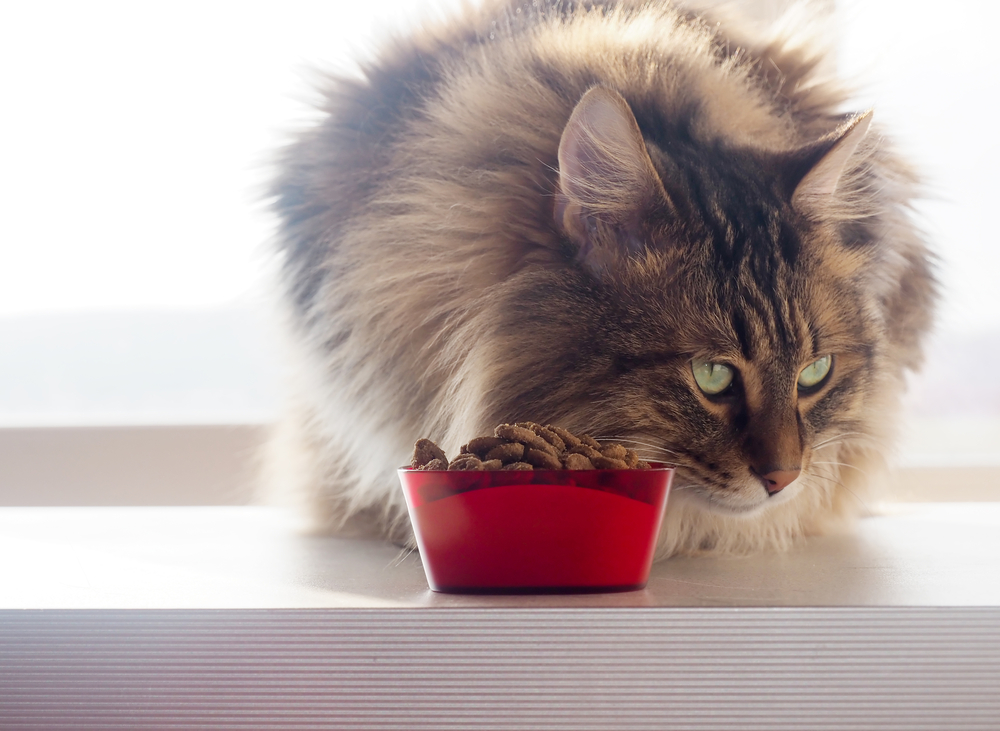
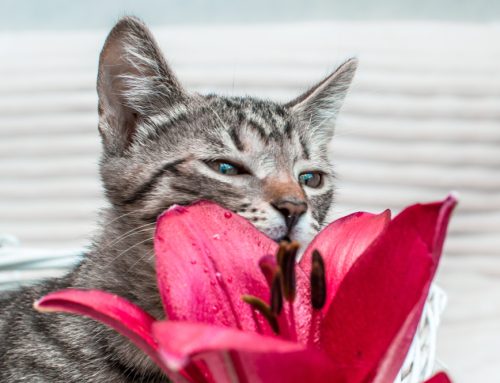
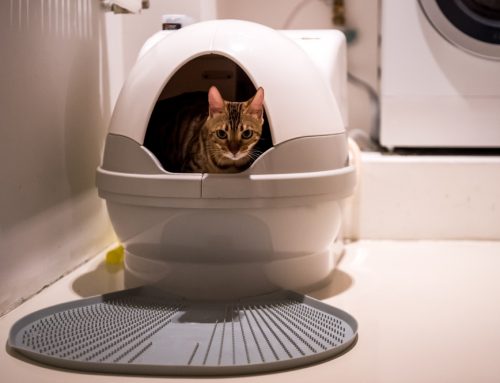
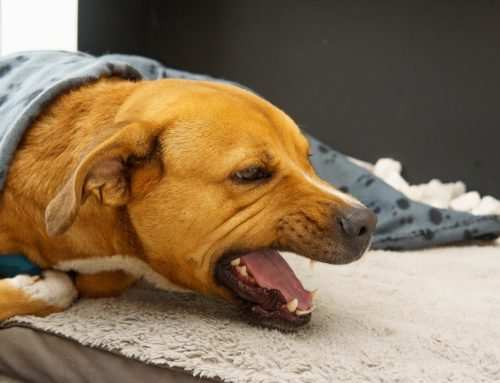
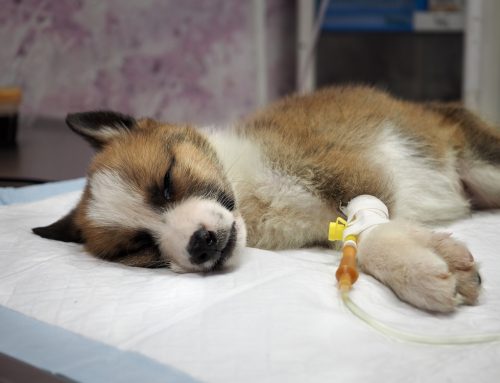
Leave A Comment